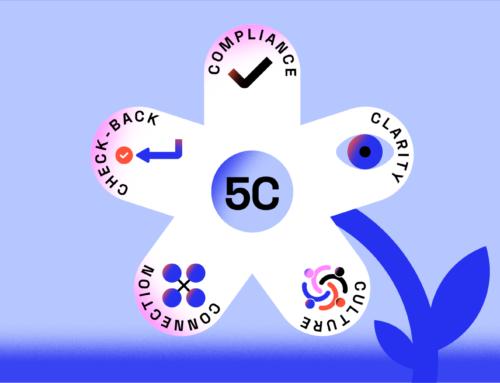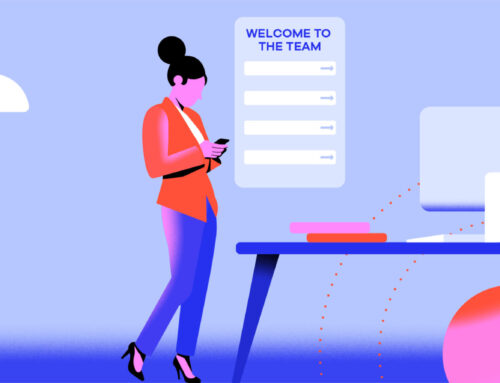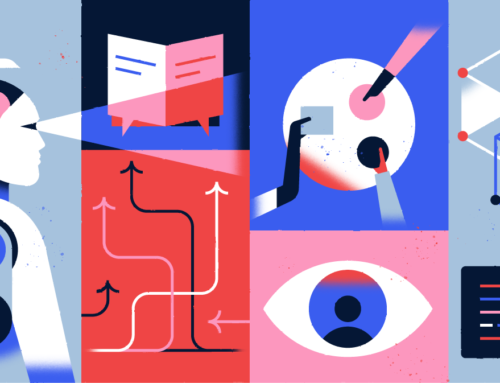Last Updated on November 3, 2021 – 9:01 am
There’s an art to welcoming new employees to your company. The onboarding process is the beginning of a mutually rewarding professional relationship. Organizations that place a premium on employee onboarding can foster a positive work culture, ensuring higher engagement, productivity, and retention.
More than 90 percent of new hires strongly consider quitting their jobs within one month when a job does not live up to its expectations. Onboarding is the glue that holds together the entire talent acquisition process.
Besides the cost of training new employees, it costs as much as $6,110 on average to replace one employee, making it necessary to diligently onboard new hires. During this process, employees should learn the relevant skills for the job and build trust with their colleagues and superiors.
There are various reasons why employees leave an organization, including low remuneration, few growth opportunities, minimal benefits, disconnect with management, and so forth. In this article, we’ll share a few best onboarding practices that prime new employees for success.
Begin with a warm welcome email
Around 11 percent of people change their minds after signing on an offer. A well-worded email delivered on schedule can ensure your new hire believes they have made the correct decision to commit to your company.
An onboarding email also helps to break the ice, allowing them to feel free to ask any necessary questions that help to clear their doubts. Tell them you’re excited to have them join your organization, reminding them of the important contribution they’ll be bringing to the table.
Your email should also contain the next steps, such as preboarding or an email with first-day details.
Use employee preboarding to help new hires blend in
New hires need to connect to their team and the entire company as quickly as possible. This can happen before day one at work. Virtual introductions that work for your company are an excellent way to do this. It could mean adding the new hire to a Discord server or Slack channel, sending an email to the entire company, and introducing the employee to your organizational structure.
You can also share your company culture, mission, vision, training checklist, and values in a way that provides essential information to new hires. Preboarding is also a time to resolve all critical paperwork, so the first day can be more about building social connections, early learning, and initiation into the culture.
Craft a comprehensive pre-start email
Send one email detailing what the new hire needs to know before they resume working at your company. It eliminates friction and will cover such things as parking areas, how to get into the building, and the company dress code. Also, share the new hire’s schedule for the first day, week, or month so they know what they are expecting as they ease into the system.
Set up hardware and software, respectively
A new hire should receive every hardware – computer, phone, and so forth on the first day. Doing this quickly speeds up the employee training process and ensures that productivity is above par from the outset. A new hire with the right gear is primed for action early on. The software can come on incrementally after the arrival of critical hardware components.
Document the onboarding process
Documentation provides a frame of reference for subsequent onboarding exercises. There are automated documentation tools that provide smooth documentation of every aspect of the onboarding process.
Documentation tools make it easier to share your training manuals, guidelines, standard operating procedures (SOPs), and new employee training plan. They can also help in developing a new employee training schedule template.
Use a buddy system
Social connections are essential in onboarding. Understanding the nuances of office operations can ensure efficient knowledge-sharing with the new hires. An experienced employee can support the new hire to grow through the system by assisting with accessing a piece of software or raising a ticket, for instance.
The buddy’s primary role is to ease the workload and pressure on the new hire, allowing the latter to connect with other employees and align with the work culture.
Set expectations on time and often
Clear and realistic expectations allow workers to evaluate their own progress and prepare for outcomes. Set short- and long-term goals, with managers paying attention to see if new hires meet them.
The software can help to create and tweak these goals while offering a real-time glimpse into the progress of the new hire. Also, schedule a performance review after a few months to provide honest feedback to the employees on how they’re faring. It’s important to lavish praise on those who deserve it.
Conclusion
Onboarding is a make-or-break process in successfully retaining new hires. Creative onboarding practices can help employees to determine that they’ll do their best work for the company. This mindset improves overall productivity and helps the company operate more efficiently.
These onboarding best practices have helped many companies retain great talent or nurture otherwise average performers into exceptional contributors. Every company needs to actively review its onboarding practices to help its employees and the company’s fortunes.
If you want to learn more about new hire onboarding, you can check out our blog posts here.






Leave A Comment